Friday Photo #524 – Stortind Winter
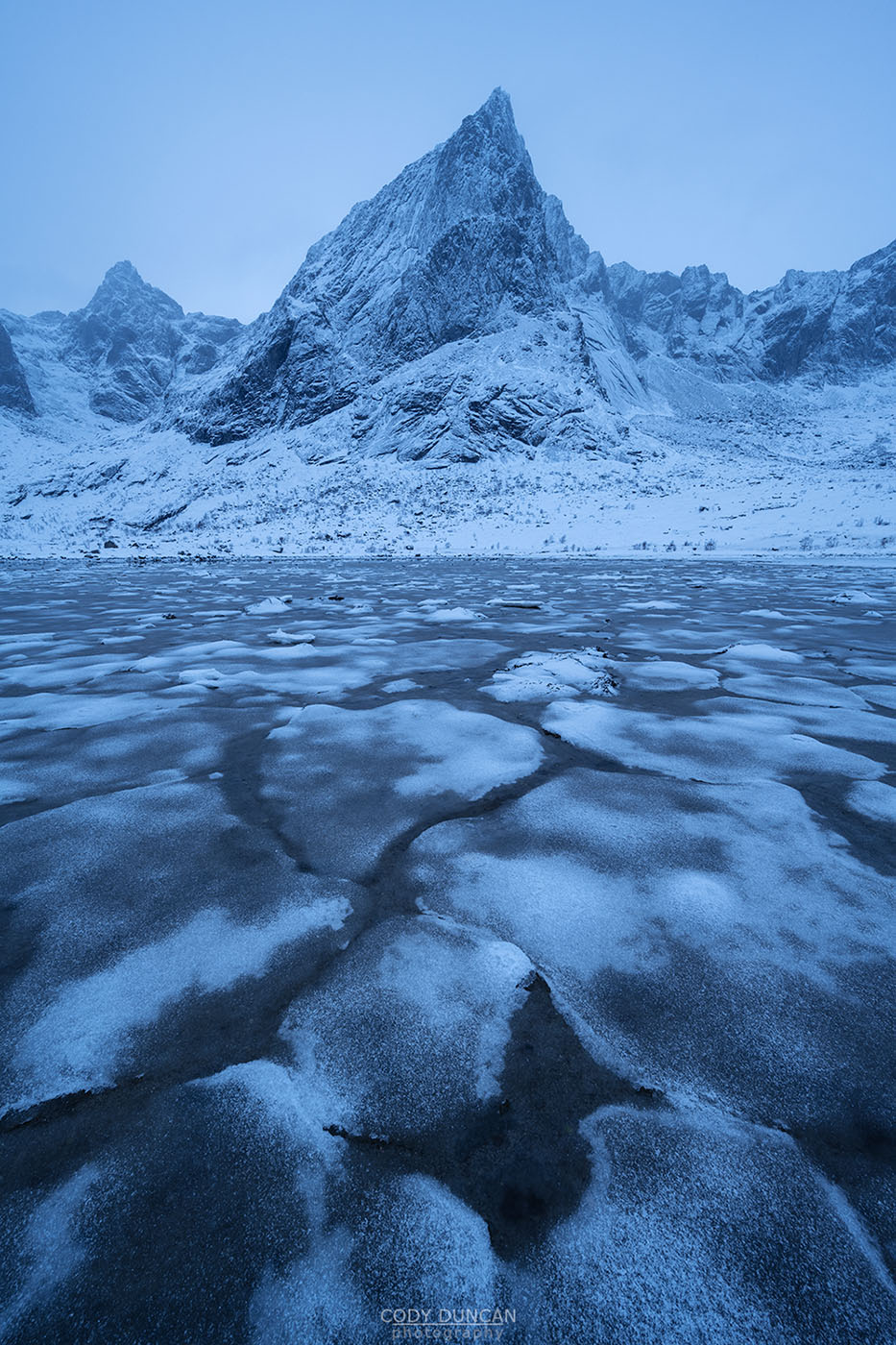
Photo: Stortind mountain peak rises over snow covered sand during low tide in inner Flakstadpollen, Flakstadøy, Lofoten Islands, Norway. December 16, 2022. 11:16
By ‘normal’ weather standards, this past December was a good one. Starting out dry and cold, a couple passing storms put down a good layer of snow before quickly clearing to calm and cold weather again. It wasn’t until the holidays when a warm spell arrived, bringing windy rain across the islands.
Looking at the weather data below for 2022, you can see the last two Decembers have been abnormally dry, receiving only about 50% of expected precipitation. However, within the two Decembers themselves, 2021 was largely better during the 2nd half of the month, while 2022 was better during the beginning and middle of the month. This is more or less a small look at what happens throughout the year as well.
If one were to seek advice online about when its best to visit Lofoten, summer often gets the top choice – especially among non-photographers. This is sometimes true and sometimes not. Looking at 2022 you can see several spikes of warm weather, but an overall cool summer. You can also see the June and July had slightly above rainfall. And then August, which turned out to be the second wettest month of the year, with nearly triple the normal rainfall. And following with the normally wet and rainy September, it seems like the year1s quota of rain must have fallen in August, making September one of the driest months of the year.
What’s my point to all this? Nothing really. Or simply to illustrate the difference between what the weather should do, and what the weather actually does. Like everywhere else in the world, sometimes the weather is better than average, and sometimes worse. But you won’t know which until you get here and look out the windows.
Though a tip, mostly for those on road trips with a planned stop to Lofoten. Keep an eye on the weather before your planned visit, and this applies to the rest of Norway as well. If you can seen just a constant flow of rain and storms sweeping across Lofoten, try to adjust your plans if possible, or potentially skip Lofoten overall for a destination with improved weather. And the reverse can also be true, with southern Norway having the bad weather and then you should race north to Lofoten’s sun.
I myself use this tactic when planning short road trips around (northern) Norway or longer hiking trips over in Sweden. I generally try to give myself a rough timeframe of when I was to visit a place, and then keep an eye on the weather until the time seems right. In the last years I’ve tried to spend a bit more time down along the Helgeland coast south of Bodø. But the summer’s have left me checking the weather forecasts daily, hoping for a week of good weather. In the last years, I’ve had to settle for maybe 2-3 days of hopefully not terrible weather, between otherwise seemingly endless weeks of rain. Hopefully summer 2023 turn out better!
Head over to my Instagram account for (almost) daily postings of the local conditions here on Lofoten: @distant.north
Camera Info:
Nikon Z7 II
Nikon 14-30mm f/4
14mm
ISO 100
f 10
0.4 second
WB Daylight
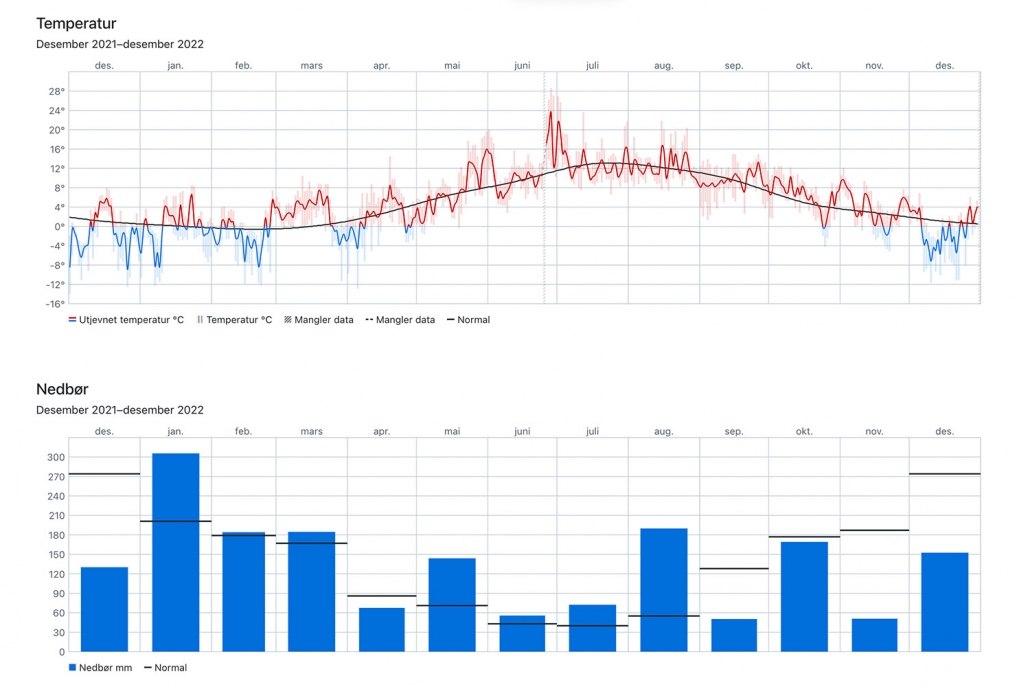

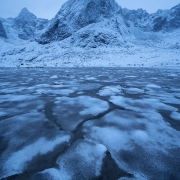
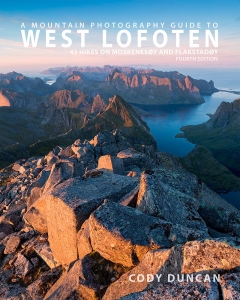
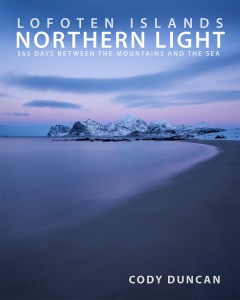


Leave a Reply
Want to join the discussion?Feel free to contribute!